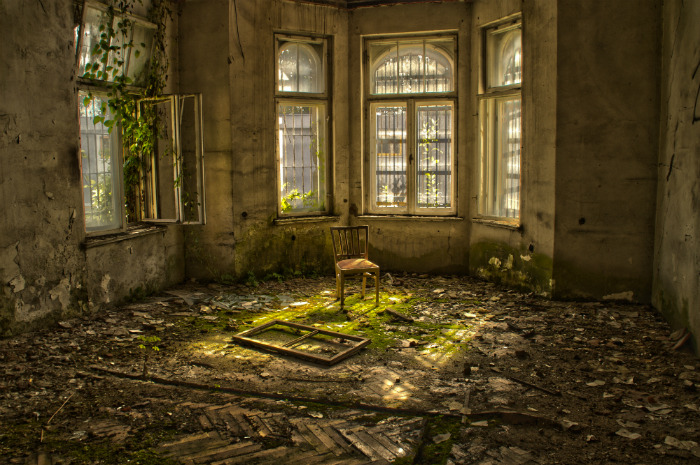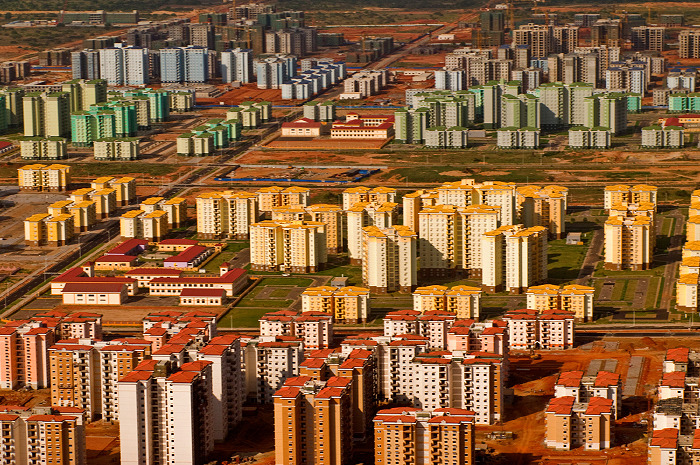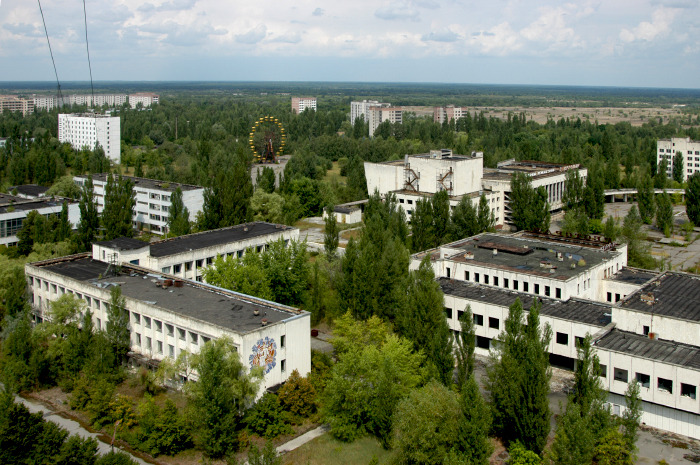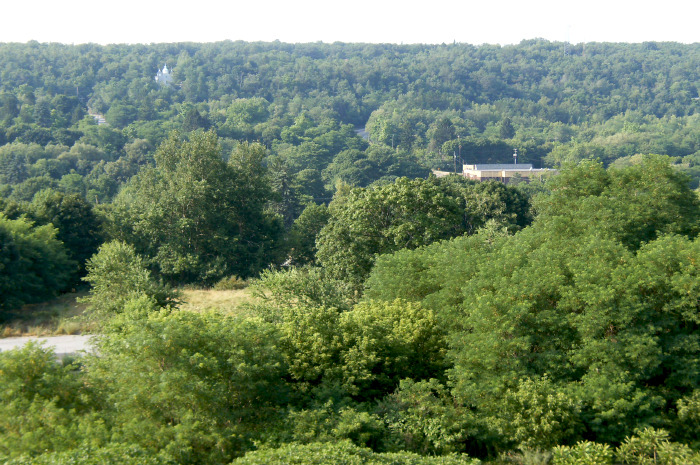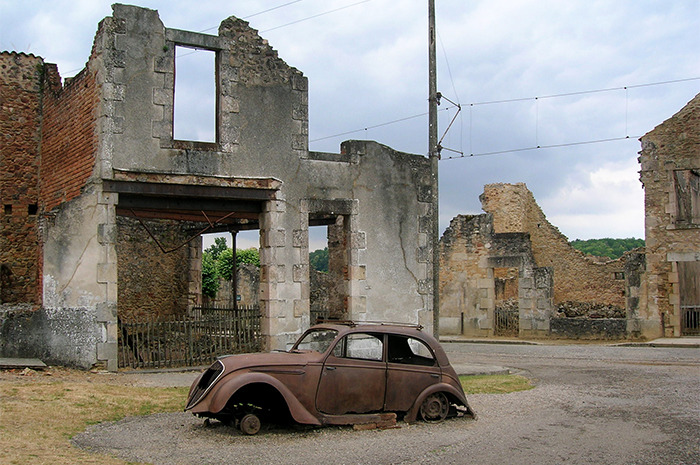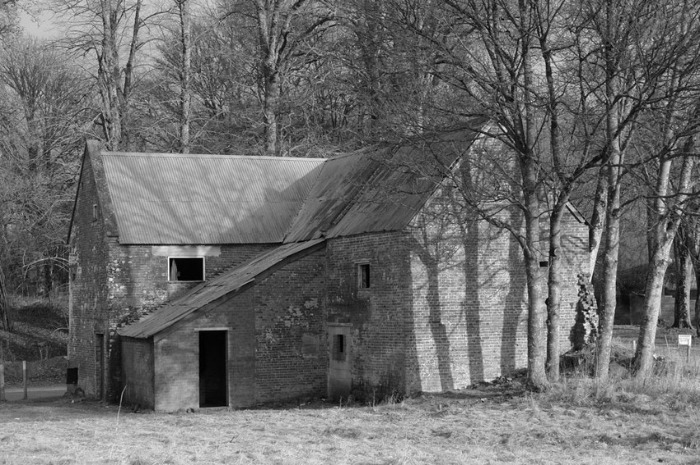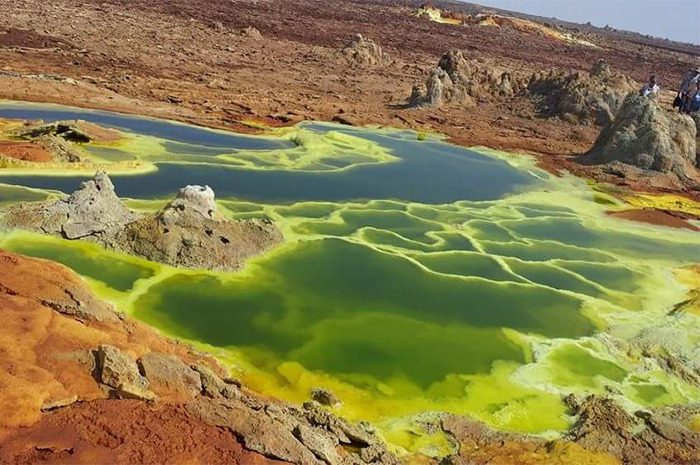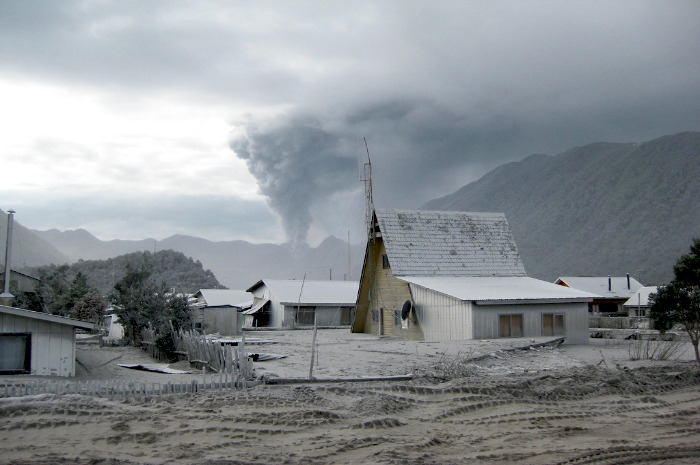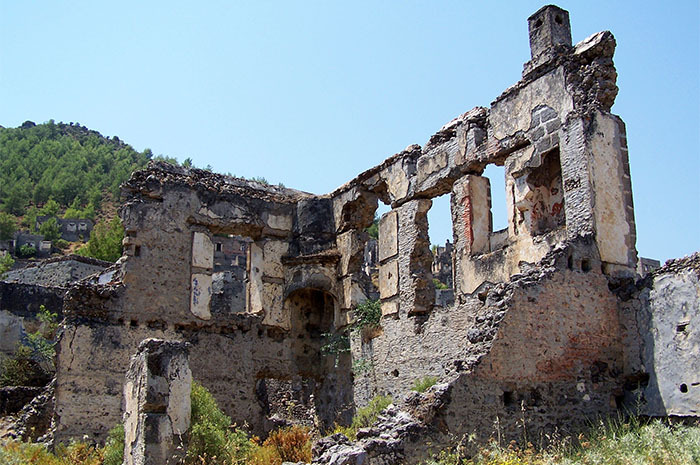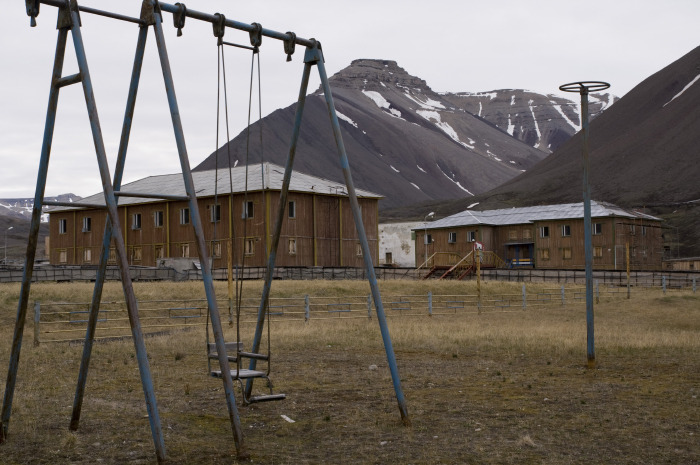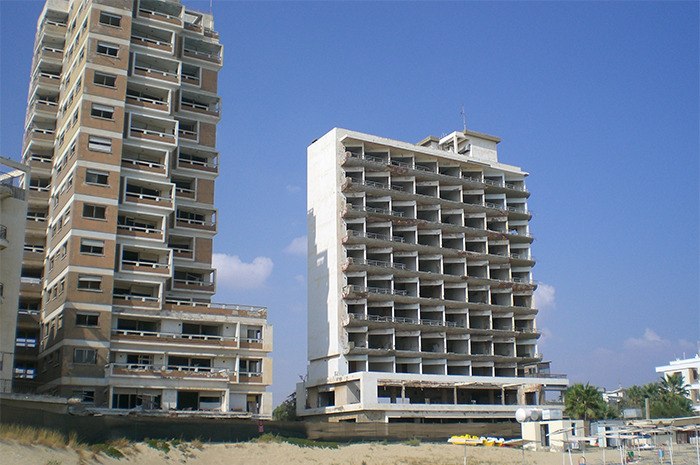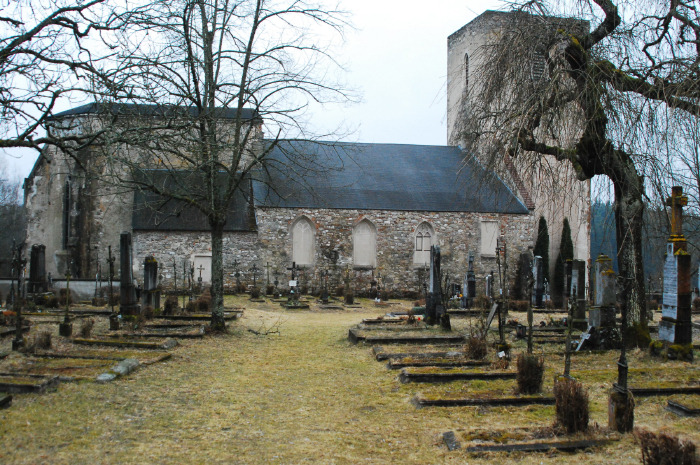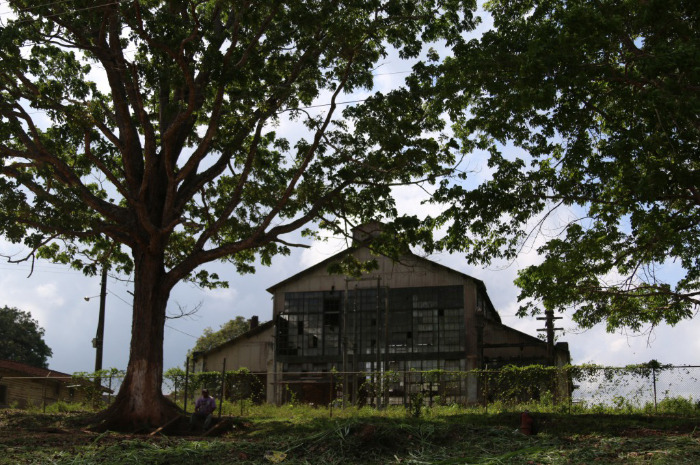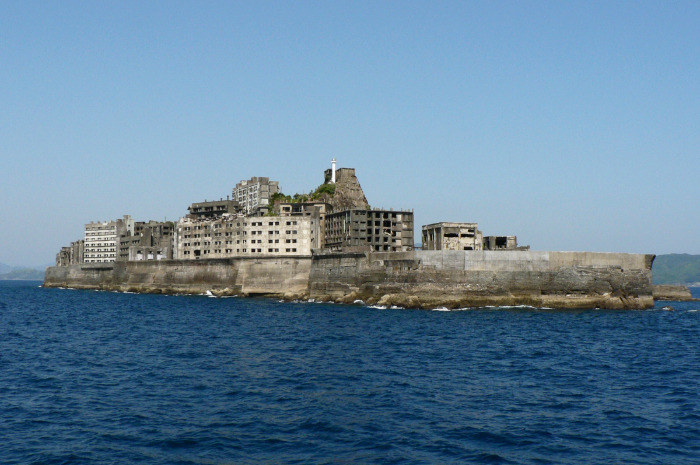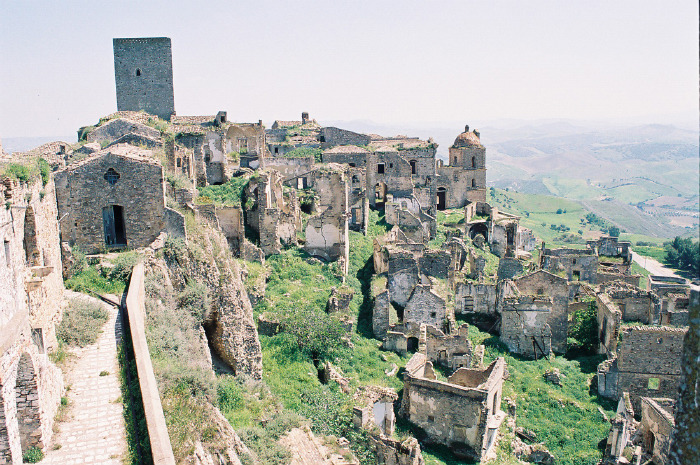The Most Tragic Ghost Towns In The World
Exploring long-untouched places in a way that was not meant to be is thrilling. You can learn about the history and feel the story behind it. You will be intrigued by the unusual exteriors and maybe even spooked by the present state of certain cities.
Kilamba New City (Novi Cidade de Kilamba), Angola
Kilamba is the largest of several "satellite cities" being built by Chinese firms in Angola, according to news reports. But it has no residents, even though it was designed to house more than 500,000 people. Located in an isolated spot about 18 miles outside Angola's capital, Luanda, Nova Cidade de Kilamba is a mixed residential development of 750 apartment buildings, several schools and more than 100 retail units. Building the city cost about $3.5 billion.
Pripyat, Ukraine
The small city of Pripyat was home to 49,000 residents until it was evacuated and abandoned following the Chernobyl disaster in 1986. Although the area remains uninhabited, the ghost town is overrun by nature and has been deemed safe to visit. Some outfitters there offer guided tours of the site. Trees grow in schools, piles of books can be found in libraries, and dolls can still be seen on kindergarten classroom floors.
Centralia, Pennsylvania
This is a near-ghost town in Columbia County. The place is known for its underground mine fire that has been ongoing since 1962. Touch the ground and you'll see that it's still warm, even in the winter. Only a handful of residents still live in this once-prosperous mining town. Poisonous smoke seeps up from the ground, killing any sign of plant life on the surface. The deadly carbon monoxide led has left nothing but a barren wilderness.
Oradour-sur-Glane, France
Oradour-sur-Glane was a small farming village. During World War Two, it was located in the German-occupied zone of France. On June 10, 1944, German troops killed 642 people, almost the entire population, and then destroyed the village, according to the U.S. Holocaust Memorial Museum. After the war, Oradour-sur-Glane became an iconic symbol of German crimes against civilians.
Plymouth, Montserrat, West Indies
Plymouth was the capital of Montserrat and the only port of entry until 1997 when volcanic eruptions destroyed much of the town and the island's most-spectacular vegetation, according to Encyclopedia Britannica. The town was abandoned in 1995–96.
Imber Village on Salisbury Plain, England
People in the village were given just 47 days to leave to make way for American troops to train for the liberation of Europe during World War Two in 1943. Salisbury Plain in Wiltshire was turned into the largest military training ground in the UK. The residents thought this was only temporary until the war was over. Salisbury Plain remains uninhabited and is still used for military training.
Dallol, Ethiopia
Dallol once was home to a thriving mining community. It is known as one of the hottest, driest, and lowest places on the planet – 380 feet below sea level. The average temperature there is 93 degrees Fahrenheit, the highest in the world. The fact that it barely rains – Dallol, one of the most remote places on Eart, only receives 100 to 200mm of rainfall per year – doesn't help. That's why what it remains is nothing more than a pile of rubble and rust.
Chaitén, Chile
The island, known as Isla de las Munecas (Island of the Dolls) is dedicated to the lost soul of a poor girl who met her fate too soon in strange circumstances. Thousands of people live in the region south of Mexico City, but the tiny island is just home to hundreds of petrifying dolls with severed limbs, decapitated heads, and blank eyes. A local legend says that the dolls move their heads and arms. People have said that they heard the dolls whispering and telling them to come down to the island.
Kayaköy, Turkey
This is the country's religious ghost town. Until the deportations in 1923 of Christians and Greek Muslims, Muslims and Christians had lived in peace in Kayaköy since the 14th century. Formerly known as Levissi, Kayaköy was a flourishing community of some 10,000 until the early 1920s, according to the BBC. Muslim farmers exiled from Greece went to Kayaköy but left soon after.
Villa Epecuén, Argentina
The former tourist township was built on the shores of Lago Epecuén, a lake with therapeutic powers, which had about 5,000 people in the 1970's. A huge volume of water after a storm broke through the dam in 1985swamped much of the town, according to The Weather Channel. The flood was consuming the town for years until it was covered in more than 30 feet of salt water. It began was recede in 2009 and people can now see some of the ruins on the surface.
San Zhi Pod City, Taiwan
The UFO-looking houses were meant to comprise a seaside resort, but the settlement was left abandoned in 1980 before it even opened after several mysterious events including suicides. It is now an underground tourist attraction, mostly due to paranormal rumors.
Pyramiden, Norway
This is an abandoned Soviet era mining settlement in Svalbard, an archipelago between Norway and the North Pole. What is so creepy about the place is that everything still looks like the nearly 1,200 people living there just left overnight, as if they suddenly stopped what they were doing and took off. Nature has taken over and wild animals such as polar bears are wandering around. The settlement is now only reachable by boat from May until about October.
Varosha, Cypris
The formerly booming tourist resort for the rich and famous is now just miles of sand where it's only you and nature; dozens of grand hotels stand empty. Forty years ago, after years of inter-ethnic violence culminating in a coup inspired by Greece's ruling military junta, Turkey invaded Cyprus and occupied the northern third of the island, according to the BBC. As troops approached, residents fled and never came back.
Döllersheim, Austria
This small village is almost a thousand years old. It was evacuated on Adolf Hitler's orders to make place for a Wehrmacht military training area in 1938 right after Anschluss which annexed Austria to Nazi Germany. An interesting fact is that his grandmother, his father's mom, was buried there.
Fordlândia, Brazil
The uninhibited city is now more famous as the failure of Henry Ford's utopian city in the Amazon. In 1927 Ford wanted his own supply of rubber and he thought he could make it happen by founding a plantation and a factory town in the jungle. But heavy rains that washed out the nutrient-rich soil needed for growing the rubber trees. Drought and diseases during the dry season were also a huge problem. Workers were forced to eat Midwestern-style diet which they couldn't stomach. Fordlandia remains abandoned.
Hashima Island, Nagasaki, Japan
Hashima Island is one of more than 500 unpopulated islands in Nagasaki Prefecture, standing at 40 square miles in size. It was home to a major coal mining operation managed by Mitsubishi until 1974. It was actually one of the most densely populated places in world history with 83,500 people per square kilometer at its peak. The island is also known as "Battleship Island" because of its external appearance.
Craco, Basilicata, Italy
Craco, which dates back to the 8th century, is the abandoned medieval ghost town of Italy. Located in the earthquake-prone Basilicata region, the town is perched strategically on top of a 1,300-foot high cliff. It once provided panoramic views and warnings of potential attackers, according to Ancient Origins. Craco survived several plagues, but finally succumbed to natural disaster when landslides occurred during the 1950s up through the early 1970s.
